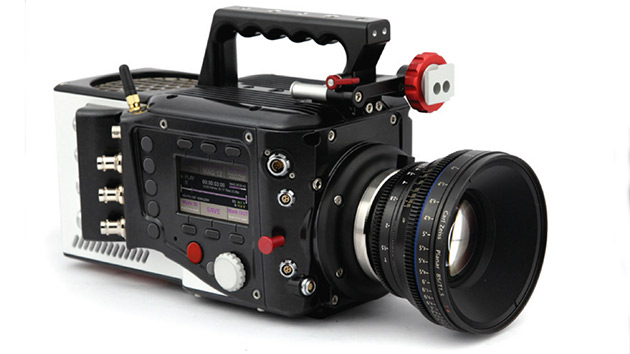News
Phantom Flex 4K
One of the cameras presented last week during NAB, and which caused great excitement, was the new Phantom Flex 4K, from Vision Research, capable of recording 1,000fps in 4K.
This new camera has a Super 35mm sensor and features 12stops of dynamic range in a small, lightweight body. The maximum resolution it offers is 4096 x 2304, recording from 24 to 900 frames per second, making it Vision Research’s first professional camera designed to capture at both normal and high frame rates.
We also have the option to go up to 1,000fps at 4096 x 2160 and, if you are willing to lower the resolution of your recordings, you can go up to 2,000fps at 1920 x 1080 and up to 3,000fps at 1280 x 720.
The Phantom Flex 4K will support three workflows that address different production styles. The first is to work in Phantom’s own uncompressed raw format using the new Phantom CineMag IV, which ensures the fastest possible speed for high-speed recording along with the highest quality and versatility for post-production.
High-speed files can be saved directly to the camera’s internal memory (up to 64GB available) and then transferred to a CineMag. The 1TB can transfer up to 1 gigapixel per second and the 2TB version up to two gigapixels per second.
Another option is to record the files with compression for a simplified workflow. This can be done either directly from the camera or from CineMag.
Finally, we can use the two 3G-SDI video outputs to connect the field recorder of our choice. These signals can be configured as independent 4:4:4 1080p or used together to monitor 4K images.
Similar to previous Phantoms, the Phantom Flex 4K is available with multiple lens mounts. The standard is PL mount, although it is interchangeable with Canon EF and Nikon F/G mount.
On both sides of the camera body we can find controls and a very simple interface on the menu screen. All parameters for capturing, playing back or saving files can be set from the integrated menu on the right side, without the need for a separate software connection. Shortcuts can be configured for the most frequently used functions and user presets are also available.
The camera can use Sony and Panasonic HD viewfinders via component output, although the company is developing a new viewfinder that should be available later this year.
Other camera features include support for synchronized sound and timecode, various 12V and 24V outputs for accessories, sync connector to simplify 3D capture, Gb Ethernet port for software operations and Bluetooth enabling wireless control (up to 100m) with Phantom RCU.
Although the Phantom Flex 4K has been shown at NAB, the company does not plan to release it to the market until later this year. It will range in price from $100,000 to $115,000, depending on internal memory capacity. There will also be a full version including CineMag and the new viewfinder for about $150,000.
Here you can see all the specifications of the Phantom Flex 4K.


